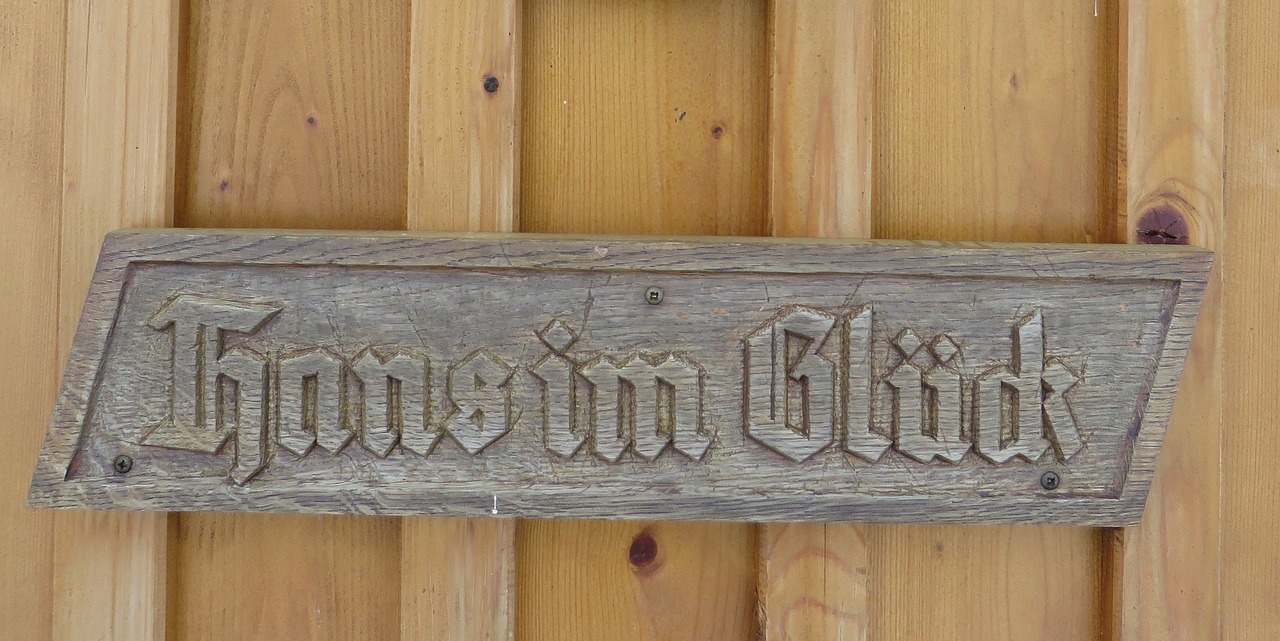Hapi, known also as Hep, Hap, or Hapy, is recognized as a deity of water and fertility who was venerated throughout Ancient Egypt. His name is believed to have originally referred to the Nile before the Dynastic period when the river became known as “iterw,” which translates to “the river.” This term eventually became associated with the god of the Nile, while the term “Nile” is derived from the Greek “Neilos,” which itself originated from the Egyptian word “nwy,” denoting “water.” Though worshipped widely across Egypt, Hapi enjoyed significant popularity in areas like Aswan and Gebel El-Silsila.
In his role as the patron deity of both Upper and Lower Egypt, Hapi is often depicted as two twin gods: Hap-Reset representing Upper Egypt and Hap-Meht for Lower Egypt. Artistic representations show these twin deities either pouring water from a jug—symbolizing the annual inundation—or unifying the distinctive plants of each region, the papyrus and lotus, in a knot that resembles the hieroglyph for “sema,” or “joined.” This connection to the Nile and its flooding periods solidified Hapi’s position as one of the most revered and powerful gods within Ancient Egyptian mythology. Interestingly, there has yet to be a temple dedicated specifically to him that has been uncovered.
The earliest mentions of Hapi appear in the Pyramid Texts associated with Unas, where he is referenced as Hep and linked to the Kenset Nome, an area containing the First Cataract and notable islands such as Elephantine and Philae. These texts beseech Hapi and another deity, Wepwawet, to bestow a favorable inundation. Mythologically, Hapi’s waters are said to flow from his abode near the First Cataract, traversing the heavens and the underworld, ultimately emerging from a cave hidden within the mountains. The annual flooding was regarded as Hapi’s “Arrival,” and during this period, Egyptians would place statues of the god in cities, seeking his blessings for a prosperous inundation. They would offer tributes to the river at sacred locales to ensure that the flood levels were adequate, preventing drought that could endanger crops or excessive flooding that might destroy their homes.
Hapi’s role also included protecting the waters, as he was regarded alongside gods like Khnum, Anuket, and Satet, who were responsible for managing the source of the Nile and ensuring it brought forth appropriate silt from its currents. He also held dominion over the Delta and was recognized with titles such as “Lord of the Fishes and Birds of the Marshes.” As a deity of water, Hapi often is connected to Nun, the embodiment of the primordial waters, and is described in myth as being wed to Naunet, the female form of Nun. Given that the sun god (Ra or Atum) emerged from Nun’s waters during creation, Hapi was occasionally viewed as his father and the progenitor of all life. The solar associations likely explain why Akhenaten maintained Hapi’s worship, distinguishing him from other deities like Amun, considering Hapi as an incarnate form of The Aten.
Additionally, Hapi’s ties to fertility led him to be associated with Osiris, wherein Isis sometimes emerged as his female counterpart or consort. Evidence from the Pyramid Texts highlights connections between Hapi and many ancient goddesses, such as Mut, illustrating them as manifestations of Isis. He was also recognized as the husband of Nekhebet in Upper Egypt and Wadjet in Lower Egypt—goddesses that have had affiliations with Isis.
In artistic portrayals, Hapi is shown as a well-rounded man with prominent breasts and skin tones ranging from blue to green, topped with the false beard of the pharaoh. His physical features and color symbolize his role as a fertility god, while the false beard reaffirms his connection to sovereignty. Often represented as the twin deities, Hapi manifests as Hap-Reset—adorned with the papyrus of Upper Egypt—and Hap-Meht—embellished with the lotus of Lower Egypt. When depicted singularly, he is usually illustrated holding both the papyrus and the lotus together.



